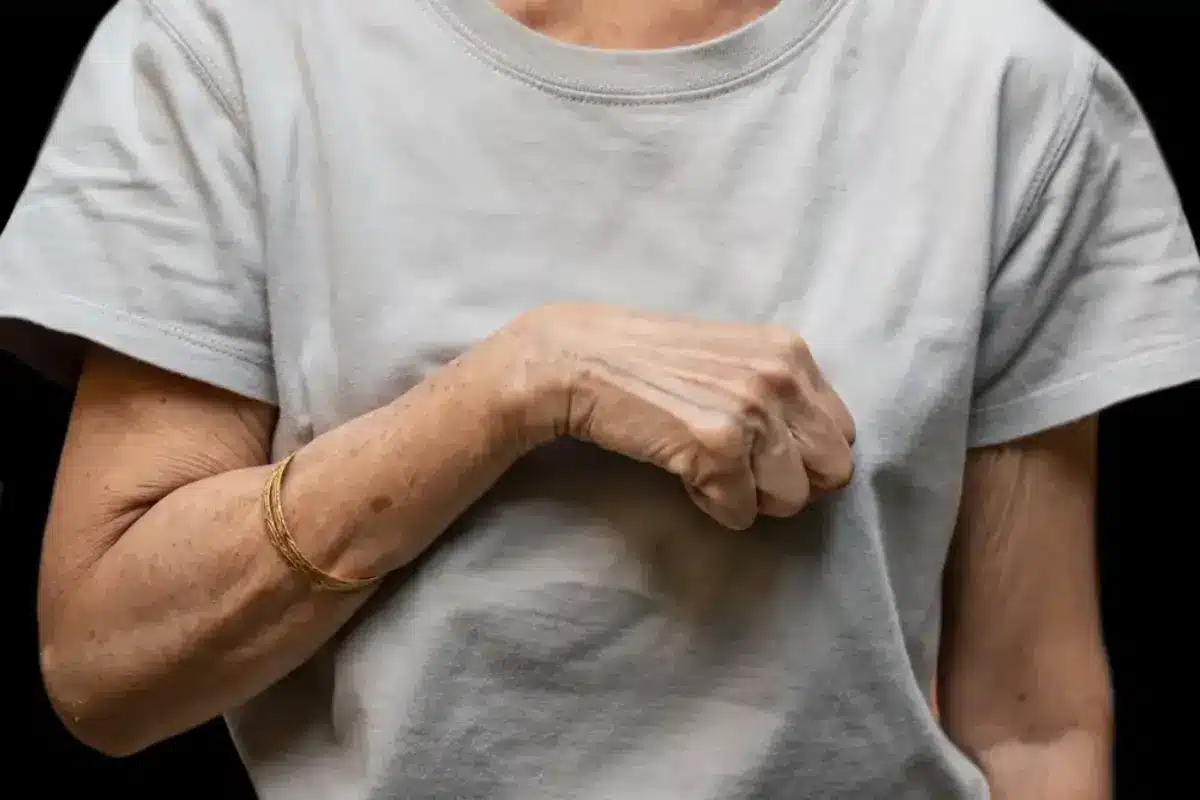
Characterized by muscle stiffness and involuntary contractions, Spasticity is a condition that occurs as a result of damage in the brain or spinal cord. It disrupts the normal communication between nerves and muscles, causing an imbalance in muscle control.
Spasticity is a complex neurological condition that manifests as an exaggerated muscle response, causing tightness, rigidity and jerky movements and it usually occurs as part of other conditions such as multiple sclerosis, cerebral palsy, spinal cord injury or stroke.
Not all individuals affected by spasticity experience it in the same way; some have mild stiffness while others show severe muscle tightness. However, they all share a diminished quality of life as routine activities that most people take for granted such as walking, reaching objects or even maintaining a proper posture may become a challenge to spastic individuals. In addition, both the involuntary muscle contractions and the stiffness can also be painful, limiting and uncomfortable thus preventing individuals from participating in social or recreational activities.

Medical marijuana has shown promising results in helping patients with Spasticity thanks to the muscle-relaxant and analgesic properties present in some of the cannabinoids found in cannabis that can help ease the stiffness and reduce the pain that these patients tend to experience.
If you or somebody you love suffers from Spasticity, at MMJ Health we are willing and ready to help you. Our medical marijuana doctors can help you determine the right strain, dosage and mode of administration that best fits your individuals needs and preferences. Their expertise and knowledge can provide you with the most suitable treatment and make sure that any potential side effect is properly monitored. Book a consultation at any of our 9 clinics in Florida today and let us help you ease your Spasticity symptoms.

Spasticity can be caused by accidents or existing underlying problems.These scenarios likely caused damage to the brain and/or certain body parts. The affected regions with the damaged nerves can result in abnormal muscle contractions. Usually, these are problems associated with brain damage. Here are some causes of Spasticity:
It’s worth mentioning that these are only some of the many potential causes of Spasticity. The underlying cause of Spasticity can influence the location, severity and treatment approach for managing the condition. This is why it’s so important to perform a comprehensive evaluation in order to determine the cause and develop the best treatment plan possible.
Spasticity is generally the stiffness and uncontrollable spasms of muscles but it has types depending on the underlying causes. These are some types of spasticity:
Each type of Spasticity usually requires specific management strategies and treatments. It’s important to consult with knowledgeable healthcare professionals that can assess the specific type of Spasticity you suffer and therefore develop a comprehensive treatment plan to address the symptoms and improve your functional abilities.

Some symptoms of Spasticity include:
To correctly diagnose the types and level of severity of spasticity, doctors run a series of tests. Here are some of the steps the doctors usually perform:

There is currently no cure for spasticity. However, there are studies that show that medical marijuana may help alleviate pain and control spasms. Here are some good terpenes for helping in spasticity:
Besides uplifting and enhancing moods, Limonene can also help reduce inflammation and muscle tension thanks to its anti-inflammatory properties.
Known for its calming effects, this terpene helps reduce anxiety and relax the muscles. Scientists have also found that Linalool has anxiolytic properties. Since it can promote a sense of relaxation, its calming effects can help relax muscles and reduce spasticity.
Due to its relaxing effects, this can help calm muscle spasms and give relaxation. Its sedative effects can contribute to managing Spasticity symptoms and promote a sense of overall relaxation.
This terpene assists in relieving muscle inflammation, lessening the stiffness of muscles. By alleviating inflammation, it has the potential to lessen muscle stiffness and promote improved muscle function.
Beta-caryophyllene is recognized for its potential anti-inflammatory and analgesic properties. It may help alleviate pain and reduce inflammation associated with spasticity. It has pain relieving and anti-inflammatory properties that may help in the spasms and pain associated with spasticity.
Although terpenes have shown potential benefits for patients suffering from Spasticity, it’s important to bear in mind that their effects can vary depending on the specific plant strain and individual response. If you’re interested in adding these terpenes to your treatment, make sure you receive the guidance of a healthcare professional experienced in medical marijuana treatments as the ones available at our clinics in Florida.
There are some cannabis strains that have potential positive effects on patients suffering from Spasticity. The marijuana doctors at MMJ Health rely on Harle-Tsu to assist patients with this condition. Let’s look more in depth into this cannabis strain to learn why it’s our top choice:
Famous for its high CBD and low THC levels, Harle-Tsu has attracted the attention of cannabis connoisseurs and medical marijuana doctors due to its potential therapeutic properties, especially for conditions like Spasticity.
Its high CBD content may help promote muscle relaxation, thus alleviating muscle stiffness and tension commonly associated with Spasticity. Its anti-inflammatory effects may improve overall comfort while producing minimal psychoactive effects thanks to its low THC levels. In addition, Harle-Tsu has shown potential as a pain reliever.
Since the individual’s response to cannabis strains can vary, it’s important to remember that the use of Harle-Tsu or any other strain for Spasticity has to be done under the guidance of an experienced healthcare professional who can determine the most suitable strain, dosage and mode of administration to optimize its benefits and minimize its side effects.
Spasticity can limit movements and may often make travelling hard. Here are some online applications and groups that may support in between check-up sessions and therapies:

Spasticity is a condition that greatly limits movements. This can prevent individuals from doing even the simplest day-to-day tasks and can impact social needs due to the challenge of going outside. These are not only physically taxing, but also mentally depleting. MMJ Health, with its nine convenient locations, a team of well-rounded doctors and staff, as well as responsive online customer service, can help pair individuals with correct medical cannabis to alleviate spasticity and give normality for everyday endeavors. Let MMJ Health help guide you through this journey and help minimize pitfalls that may result in more damage.